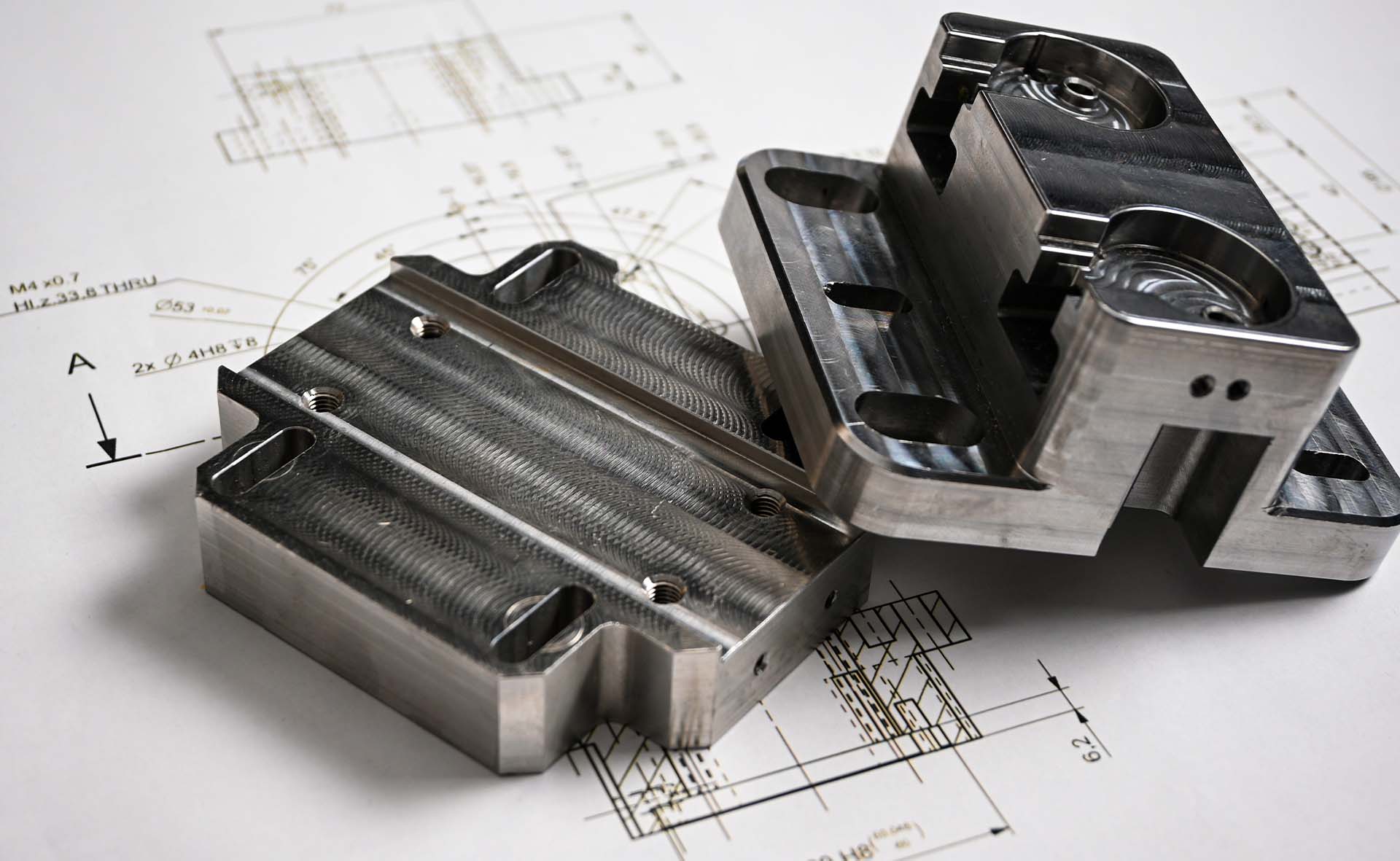In today’s fast-paced, fiercely competitive world of product innovation and product development, there is a greater need for rapid prototyping (RP) solutions. RP allows for speedy testing, quick adjustments to be made and helps speed up the overall manufacturing process and time to market.
While there are a selection of processes, in this blog, we have picked several mature and well-established processes to help you with your search for high-quality rapid prototyping solutions. They include:
(Also known as: Stereolithography / SL / Resin Printing)
SLA 3D Printing offers one of the widest ranges of material options. It builds parts one layer at a time using a highly accurate UV laser to solidify one layer of photosensitive resin making the parts accurate and allowing it to achieve a high-quality surface finish through the 3D building process itself. This makes it an excellent choice for aesthetic prototypes and highly detailed parts requiring accurate features.

If you need your part to look and feel like the real thing for concept presentations, tradeshows, or photographic purposes, SLA is our recommended rapid prototyping solution. SLA prototype parts may, however, not be as strong as those made from engineering-grade resins. For functional testing, SLS is recommended.
Selective Laser Sintering (SLS) is an industrial 3D printing process that builds accurate and durable parts (often from nylon materials) one layer at a time. Similar to SLA, with SLS printing, geometries can be built more easily due to the nature of the process, adding complexity without additional cost. The combination of low cost per part, established materials, and its speed makes SLS printing a go-to solution among engineers for functional prototyping.

As mentioned, with SLS, there are very limited material selection—primarily nylon. If your functional prototyping project is particular about material type, consider using CNC machining for these parts.
When thinking of rapid prototyping solutions, 3D printing often first comes to mind; however, many aren’t aware that CNC machining is an ideal one-off prototyping method for the right projects. It’s fast, dimensionally accurate and very versatile as it can accommodate for almost any solid material. This makes it the perfect solution for strong mechanical parts that need to be fully functional and have precise tolerances — basically, full-production quality but in a limited number.

This method is, however, not ideal for deep cavities and thin-walled parts. Consider using vacuum casting as a rapid prototyping solution for these parts.
(Also known as: urethane casting, polyurethane casting, silicone moulding)
Vacuum casting or cast urethanes is a perfect solution for production quality parts without the cost or lead time required for prototype tooling. For injection molding projects, HLH recommends using vacuum casting prototyping solutions. It produces parts with similar properties but cheaper and quicker. This prototyping solution allows for a faster turnaround time that helps speed up product development and time to market, which is a prioritized KPI for many industries.

Apart from the RP solutions mentioned above, HLH also offers FDM, MJF and Metal 3D printing and many other high-quality solutions that you could consider for your next project. There is no one size-fits-all technique, but there is a best suited solution for each individual project. Not sure which method is best for your rapid prototyping project? Contact our team of experts at info@hlhrapid.com or submit your CAD to our site contact form to get a quote.
